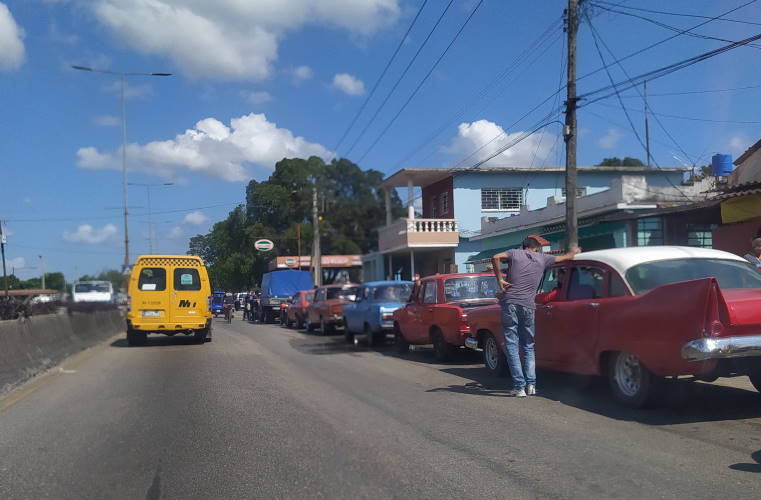The country’s electrical connectivity exceeds 96% and in recent years work has been done to improve this figure in order to ensure that by 2030 the entire population has this public service. However, one of the challenges with this goal is that the remaining 3% of people who are not connected (nearly 460,000 families) are dispersed in 53% of the national territory.
(Superservices warns of ‘sabotage’ for not paying public services).
For this reason, one of the strategies that the country has had is to have an institute dedicated to electrification. In 1946 Electroaguas was born and after a series of changes, in 1999 it reached its current identity: Institute for the Planning and Promotion of Energy Solutions for Non-Interconnected Areas (Ipse). This entity has connected more than 240,000 families and one of the challenges it faces is connecting the more than 460,000 families that still do not have the service.
Within the framework of this objective, as well as the energy transition, the Ministry of Mines and Energy, headed by Irene Vélez, appointed Javier Campillo to lead this work.
In this regard, the director of Ipse explained that one of the great challenges is related to the shift towards cleaner generation technologies. Nowadays86% of the energy consumed in the Non-Interconnected Zones (ZNI) is produced thanks to generation plants that use diesel.
“That has a lot of challenges, it has environmental challenges associated with emissions and there are also some important economic challenges, because reaching interconnected areas is very complex, that means that there are places where the cost of fuel exceeds 150% of the cost of the gallon”, said Campillo.
(How to understand the panorama of energy transition in Colombia).
As a solution to this, the entity is working on the creation of photovoltaic solutions, biomass, small hydroelectric plants and even urban solid waste.
These represent 14% of the total generation, that is, 44.8 megawatts of the total 309.4 megawatts installed.
Next year, Ipse will have a budget allocation of $100,000 million, a considerable reduction compared to the $200,000 million allocated to it in 2022. However, Campillo points out that in previous years, the allocation used to be below $50,000 million.
Even so, he explained that one of the institution’s capabilities is to attract and direct investment from international cooperation, as well as from other government entities, royalties and local governments.
“We know the coverage, we know what the needs are; then we structure the projects to access the resources. In that sense, we do have the flexibility to manage resources from other sources,” said Campillo.
In accordance with the Indicative Plan for the Expansion of Electric Power Coverage (PIEC) 2019-2023, of the Energy Mining Planning Unit, to achieve the Development Objective (“guarantee access to affordable, safe, sustainable and modern energy” ), an investment close to $7 billion is required. For this very reason, the management of resources from other funds is essential to electrify remote areas. Although this is one of the challenges that he poses for his administration, Campillo also points out that one of the objectives is to create the ‘Energy Communities’. This is a concept of small-scale and distributed generation that connects not only a home but extends even to a few hundred families.
These would also eventually have the capacity to join the SIN, so that in the future they could even generate energy to deliver to the System.
In regulatory terms, this means challenges, given that the SIN is currently managed by XM, while the ZNIs are managed by the National Monitoring Center, meaning that a hybrid community (connected to the SIN but capable of self-sufficiency in the event of being isolated ) would require special conditions. Ipse is already working with Creg to create a mixed regulatory model that takes into account these particularities.
Now, Ipse works to connect more than 60,000 families. To these homes and the rest to be connected, Campillo explains that they will not only arrive with solutions but also with productive projects.
Daniela Morales Soler
BRIEFCASE

















